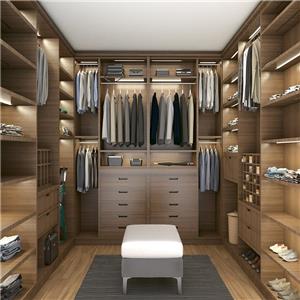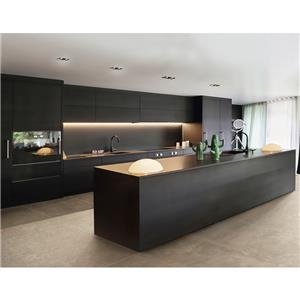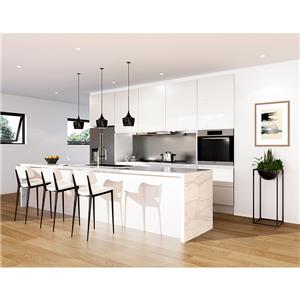How much do kitchen cabinets cost? - Hanse
Kitchen cabinets are an essential component of any kitchen, providing both functionality and aesthetics. When it comes to renovating or building a new kitchen, the cost of kitchen cabinets can be a significant expense to consider. In this article, we will explore how much kitchen cabinets typically cost and the various factors that influence their price.
The cost of kitchen cabinets can vary widely depending on several factors such as the size of the kitchen, the material used, the cabinet style, and the type of finish. Generally, kitchen cabinets can range from as low as $2,000 to as high as $25,000 or more, including installation costs.
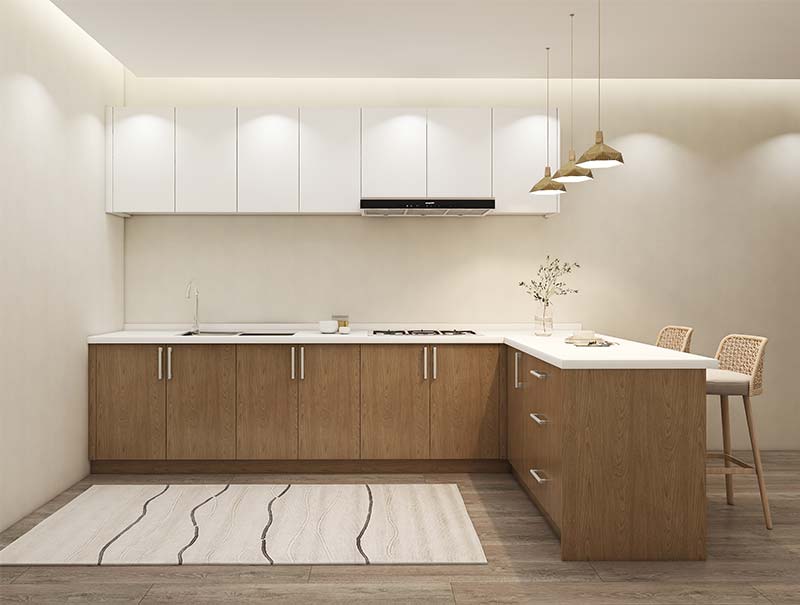
One of the most significant factors that impact the cost of kitchen cabinets is the material used. Wood is the most popular choice for kitchen cabinets, and the type of wood used can significantly affect the price. For example, solid hardwoods such as cherry, maple, and oak tend to be more expensive than softwoods like pine. Other materials used for cabinets include laminate, MDF (medium-density fiberboard), and metal, which are often less expensive than hardwoods.
The style of the cabinet also plays a crucial role in determining its price. Custom cabinets tend to be more expensive than stock cabinets, as they are designed and built to fit a specific kitchen's dimensions and needs. Semi-custom cabinets are a popular choice that offers more customization options than stock cabinets while being less expensive than custom ones. Additionally, frameless cabinets tend to be more expensive than framed cabinets.
The type of finish used on the cabinets also affects their price. Painted finishes tend to be less expensive than stained finishes since painted finishes require fewer coats of paint, and the paint itself is usually less expensive than the stain. The type of hardware used, such as handles and hinges, can also affect the price.
Another factor to consider when estimating the cost of kitchen cabinets is the cost of installation. Installation costs can vary widely depending on the size of the kitchen, the complexity of the installation, and the contractor's experience. Installation can be a significant expense, accounting for up to half of the total cost of kitchen cabinets.
In conclusion, the cost of kitchen cabinets can vary widely depending on several factors. When planning a kitchen renovation or new build, it is crucial to consider these factors and develop a budget that takes into account the cost of materials, style, finish, and installation. By doing so, you can ensure that your new kitchen cabinets meet your functional and aesthetic needs while staying within your budget.
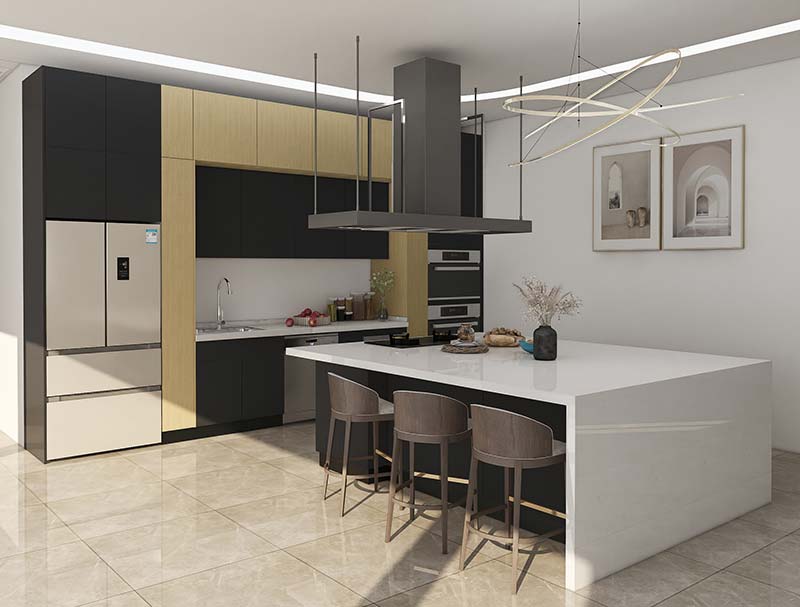
FAQs
Where to put things in kitchen cabinets and drawers?
1. Put large appliances like mixers, blenders, and food processors on the countertop or in a cabinet near the countertop.
2. Place kitchen utensils and gadgets in the drawers next to the stove and oven.
3. Store pots and pans in a cabinet or drawer near the stove and oven.
4. Store canned goods, spices, and other dry goods in a drawer or cabinet near the pantry.
5. Place small kitchen appliances like toasters and coffee makers in a cabinet or drawer near the countertop.
6. Store plates, bowls, and glasses in a cabinet or drawer near the dishwasher.
7. Store plastic containers, foil, and plastic wrap in a drawer or cabinet near the fridge.
How to organize kitchen cabinets and drawers?
Organizing kitchen cabinets and drawers can be a daunting task, but with the right plan of action, it can be done easily.
1. Start by emptying out all of the cabinets and drawers. This will allow you to get a better look at what items are in each cabinet and drawer and will make it easier to organize.
2. Sort items based on type. Place all baking items together, all cutlery together, all glassware together, etc. This will make it easier to find items when you need them.
3. Create zones in the cabinets and drawers for the different types of items. For example, dedicate one drawer for baking items and one drawer for cutlery. This will help you keep the items organized and easily accessible.
4. Label the items if necessary. Labeling items such as spices, condiments, and canned goods can help you easily identify items and keep them organized.
5. Place items back in the cabinets and drawers. Place items that are used most often in the most accessible location. This way, you won’t have to search for items when you need them.
6. Store items that are used less often in higher or deeper cabinets and drawers. This will help maximize space and keep items organized.
7. Place heavier items on the lower shelves and lighter items on the higher shelves. This will make it easier to access items, and help to prevent items from being damaged.
8. Utilize storage solutions such as lazy susans, drawer dividers, and pull-out shelves to maximize space and make items easier to find.
9. Finally, clean and wipe down the cabinets and drawers to keep them looking neat and tidy.


